Sarah Johnson
Rate-Convergence Tradeoff of Federated Learning over Wireless Channel
May 10, 2022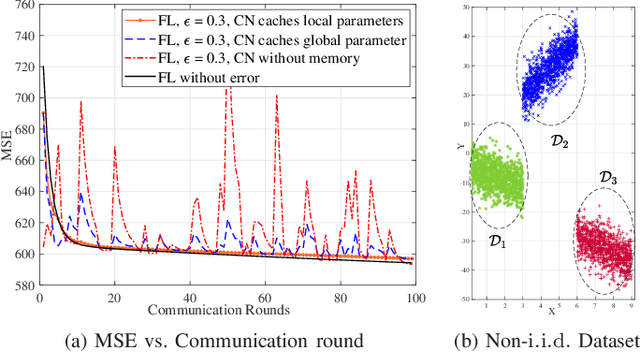


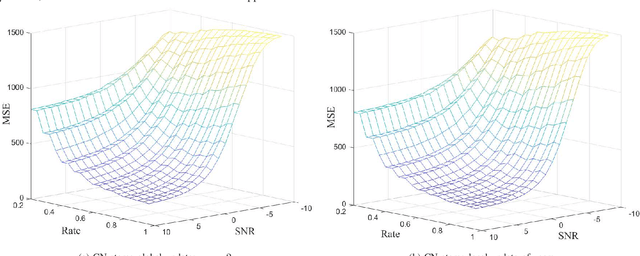
Abstract:In this paper, we consider a federated learning problem over wireless channel that takes into account the coding rate and packet transmission errors. Communication channels are modelled as packet erasure channels (PEC), where the erasure probability is determined by the block length, code rate, and signal-to-noise ratio (SNR). To lessen the effect of packet erasure on the FL performance, we propose two schemes in which the central node (CN) reuses either the past local updates or the previous global parameters in case of packet erasure. We investigate the impact of coding rate on the convergence of federated learning (FL) for both short packet and long packet communications considering erroneous transmissions. Our simulation results shows that even one unit of memory has considerable impact on the performance of FL in erroneous communication.
NOMA Channel Estimation and Signal Detection using Rotational Invariant Codes and Machine Learning
Mar 15, 2022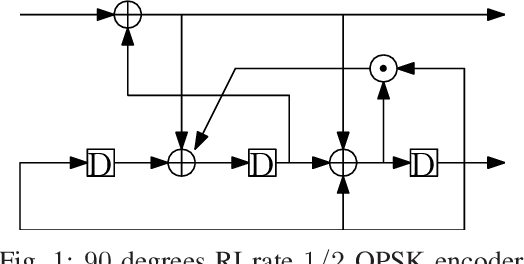
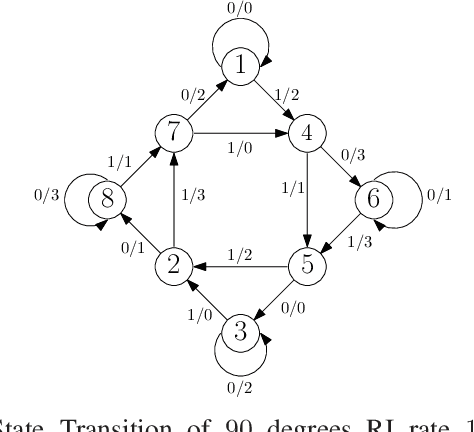


Abstract:This paper studies the joint channel estimation and signal detection for the uplink power domain non-orthogonal multiple access. The proposed technique performs both detection and estimation without the need of pilot symbols by using a clustering technique. To remove the effect of channel fading, we apply rotational invariant coding to assist signal detection at receiver without sending pilots. We utilize Gaussian mixture model (GMM) to automatically cluster the received signals without supervision and optimize decision boundaries to improve the bit error rate (BER) performance.
Clustering-based Joint Channel Estimation and Signal Detection for NOMA
Jan 17, 2022
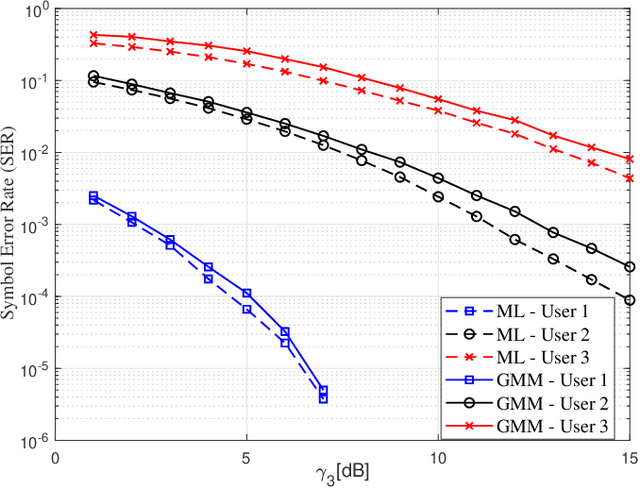
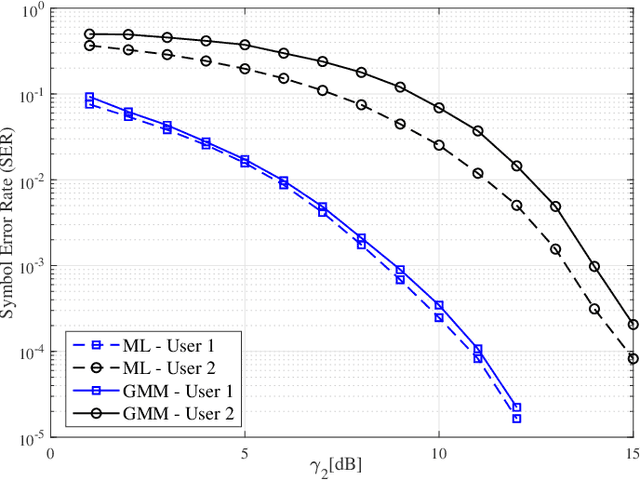
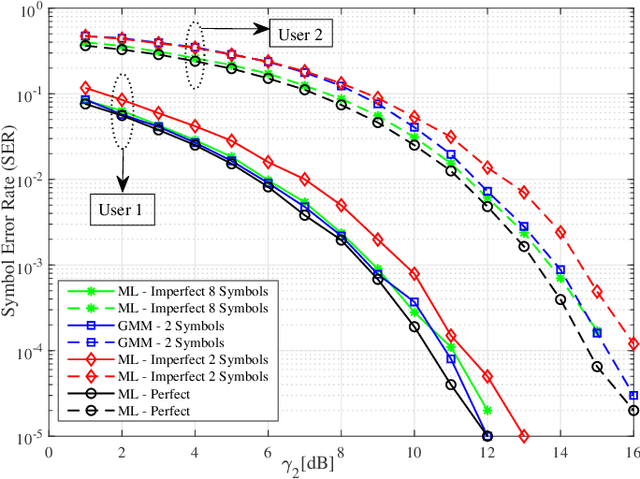
Abstract:We propose a joint channel estimation and signal detection approach for the uplink non-orthogonal multiple access using unsupervised machine learning. We apply the Gaussian mixture model to cluster the received signals, and accordingly optimize the decision regions to enhance the symbol error rate (SER). We show that, when the received powers of the users are sufficiently different, the proposed clustering-based approach achieves an SER performance on a par with that of the conventional maximum-likelihood detector with full channel state information. However, unlike the proposed approach, the maximum-likelihood detector requires the transmission of a large number of pilot symbols to accurately estimate the channel. The accuracy of the utilized clustering algorithm depends on the number of the data points available at the receiver. Therefore, there exists a tradeoff between accuracy and block length. We provide a comprehensive performance analysis of the proposed approach as well as deriving a theoretical bound on its SER performance as a function of the block length. Our simulation results corroborate the effectiveness of the proposed approach and verify that the calculated theoretical bound can predict the SER performance of the proposed approach well.
 Add to Chrome
Add to Chrome Add to Firefox
Add to Firefox Add to Edge
Add to Edge